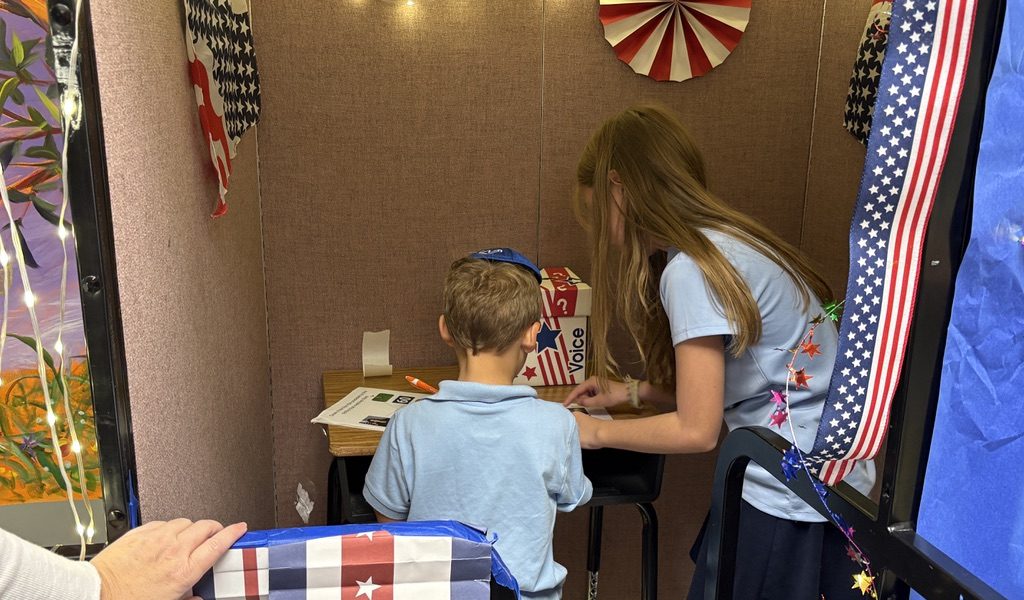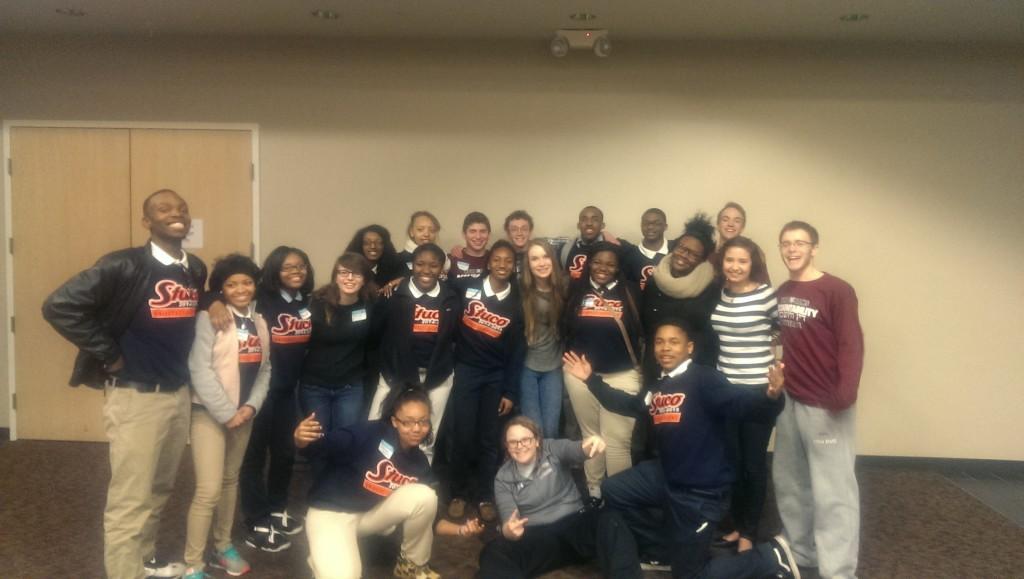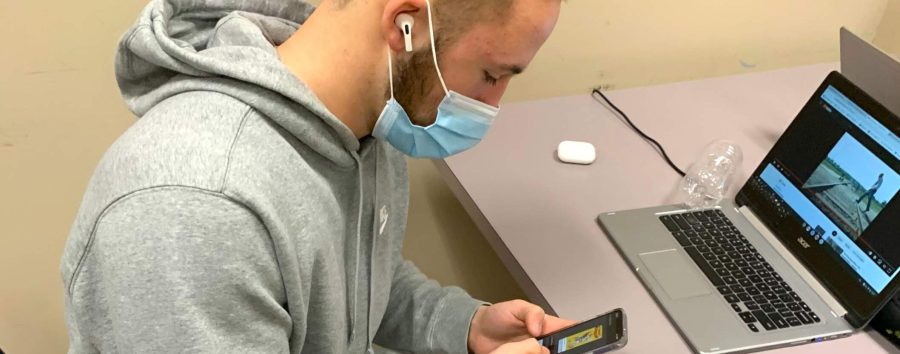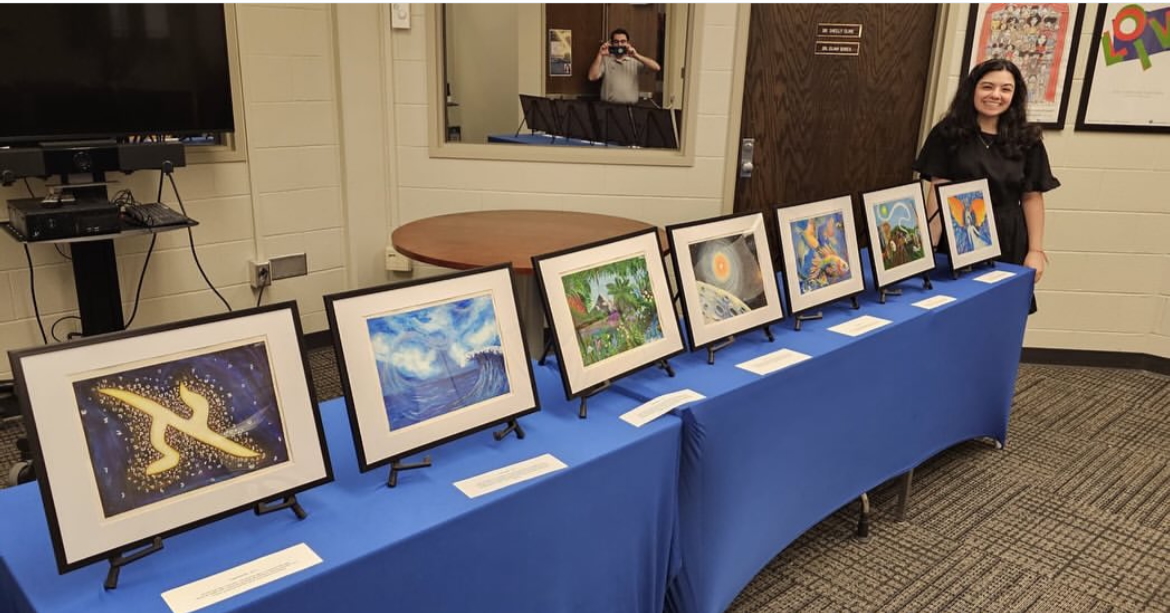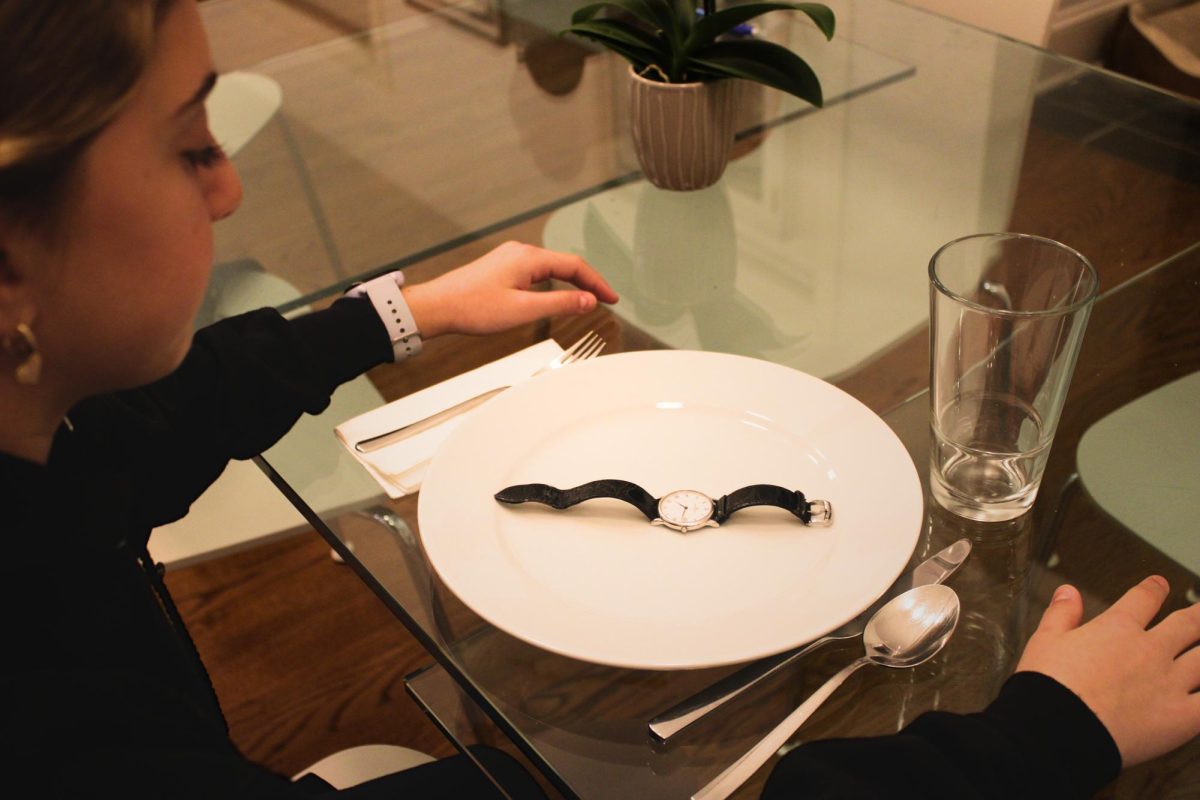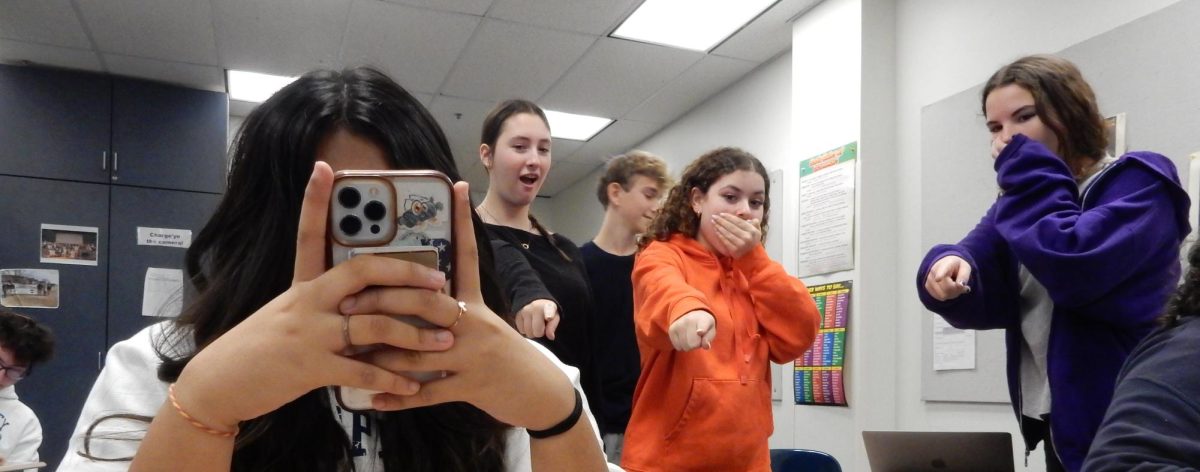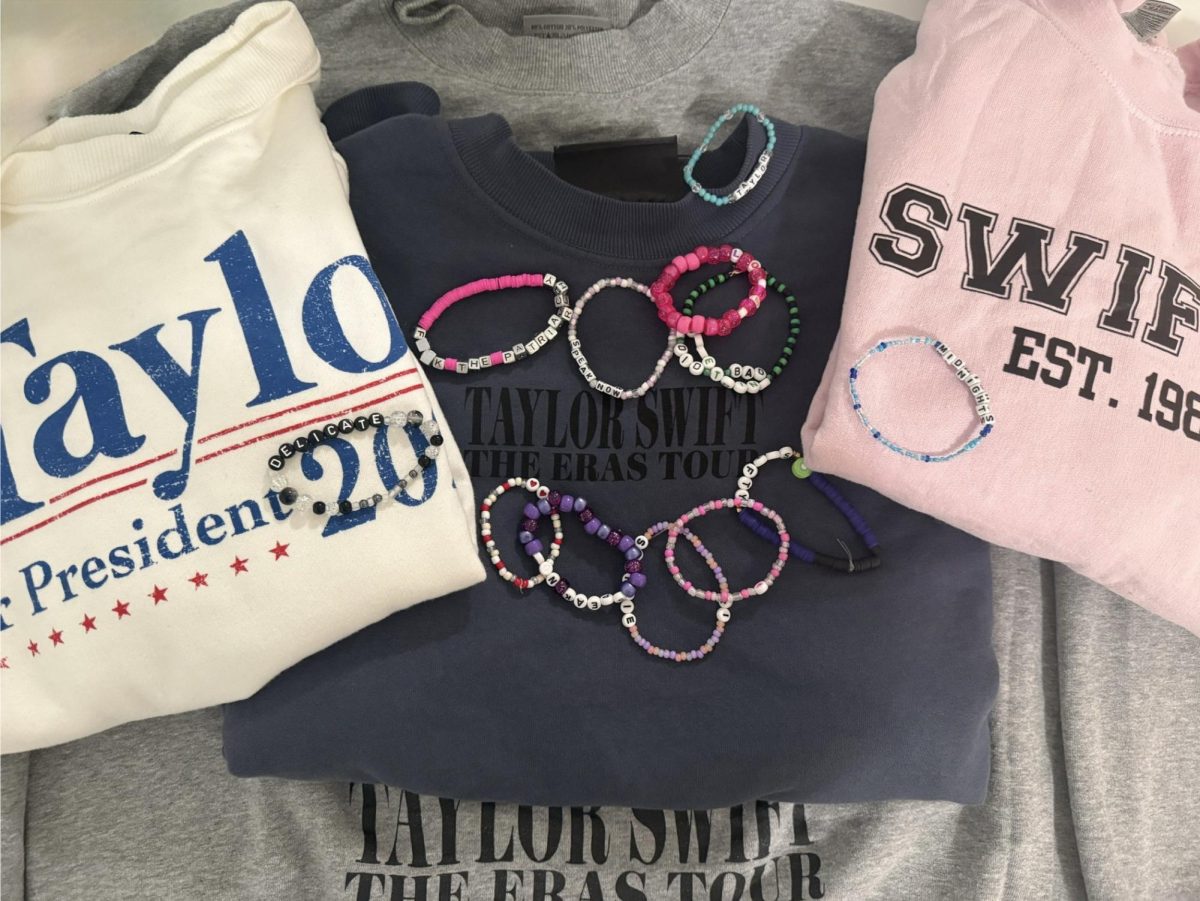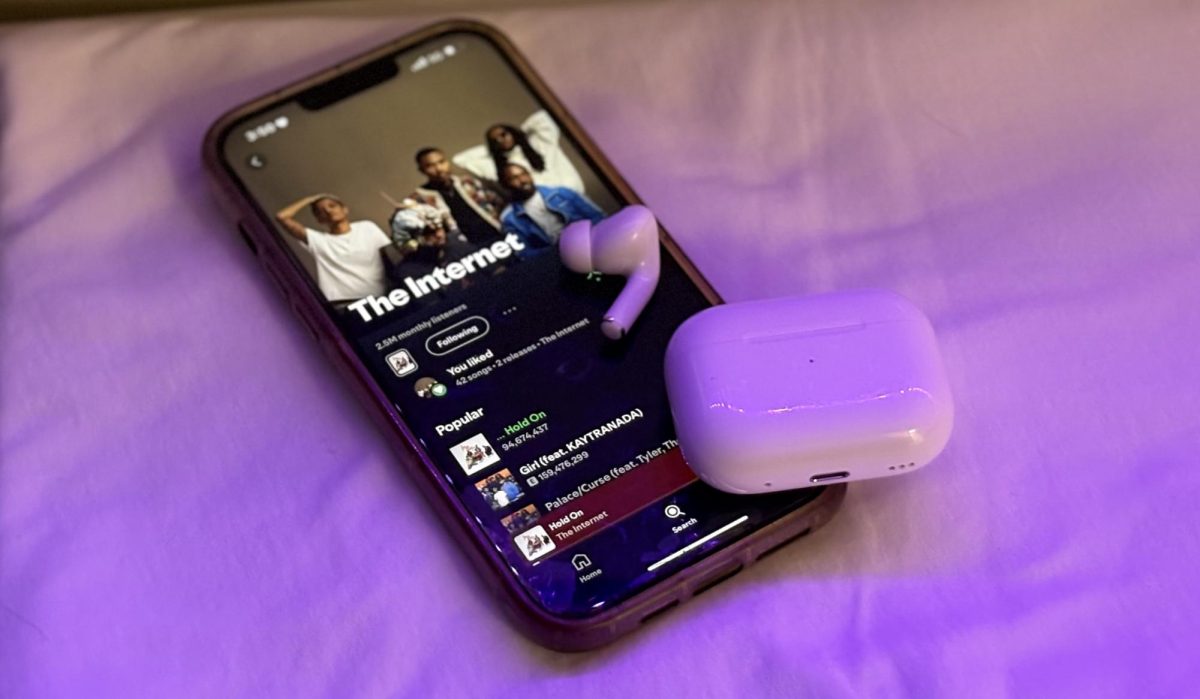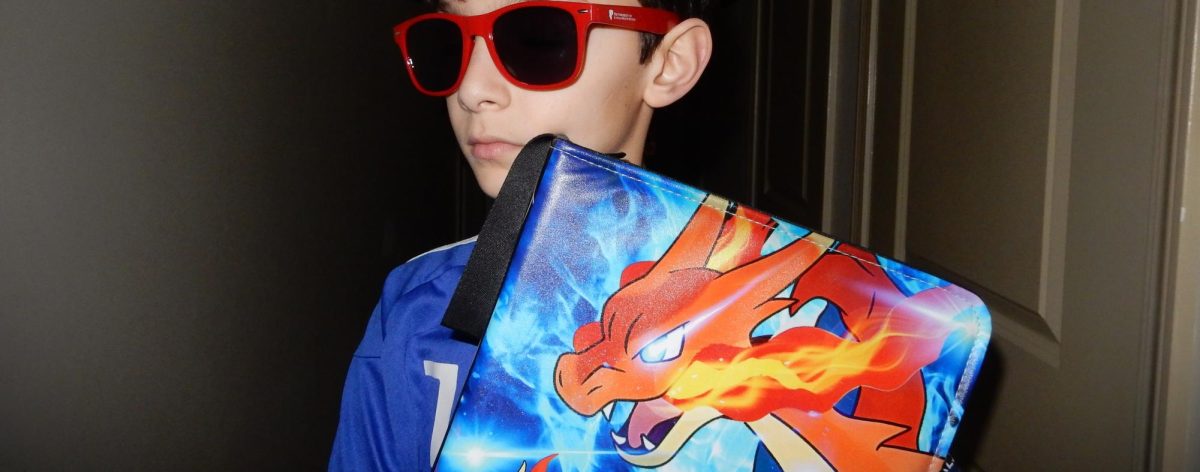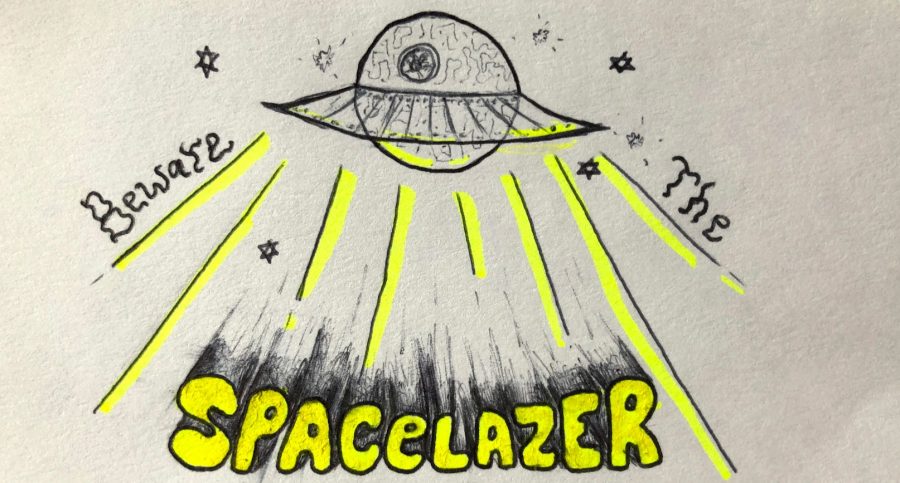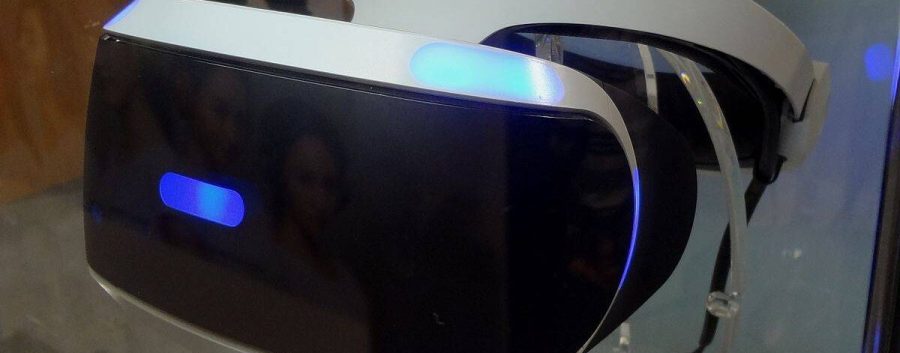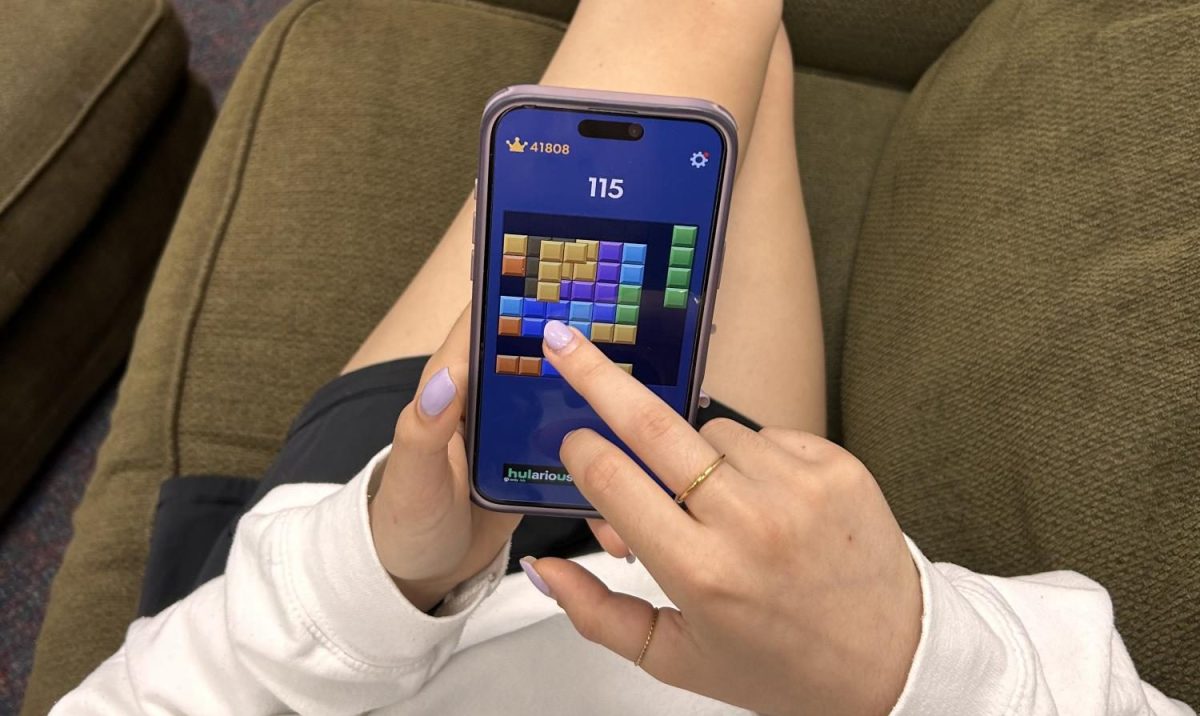Slider image courtesy of Wikipedia
Virtual reality (VR) is usually seen as a modern innovation, but the first VR headset was created in 1968 by American computer scientist Ivan Sutherland and his student Bob Sproull. This headset was nothing like the headsets we see today, but the first mention of the concept of VR was in a science fiction story called “Pygmalion’s Spectacles.” The machine represented in this story was a pair of goggles that gave the wearer a holographic experience that included touch elements.
A cinematographer by the name of Morton Heilig created what is considered the first virtual reality experience. He called it the “Sensorama.” It structurally resembles an 1980s arcade game with a base and a screen. The screen was fitted with a compartment into which the user would put their head, and this compartment omitted aromas and sounds while also producing wind through fans in the compartment.
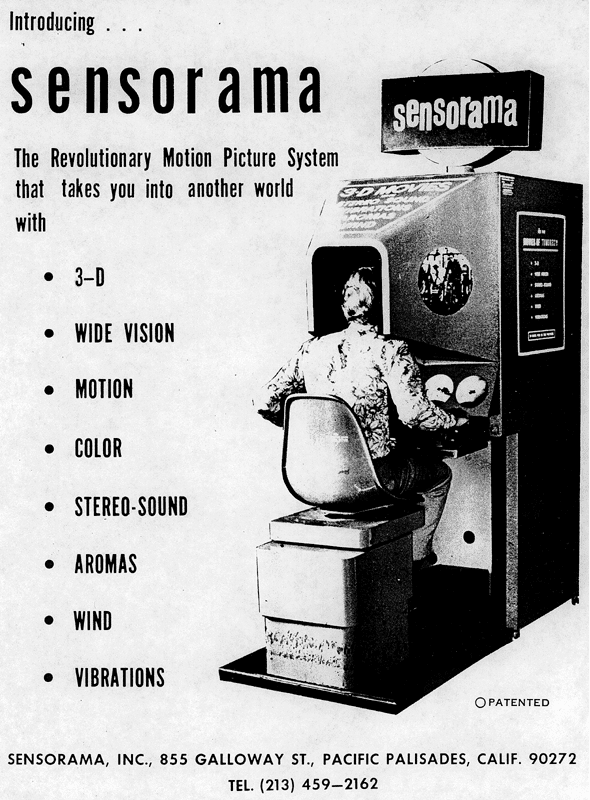
Today, VR headsets are much more advanced than they were in the 1960s. So, where will this technology take us and how will it improve our lives? The answer lies in what we do with the technology. As of now, VR is mostly being used for video games, but some headsets are being put to use in medical schools to train surgeons, and is even being used to treat PTSD.
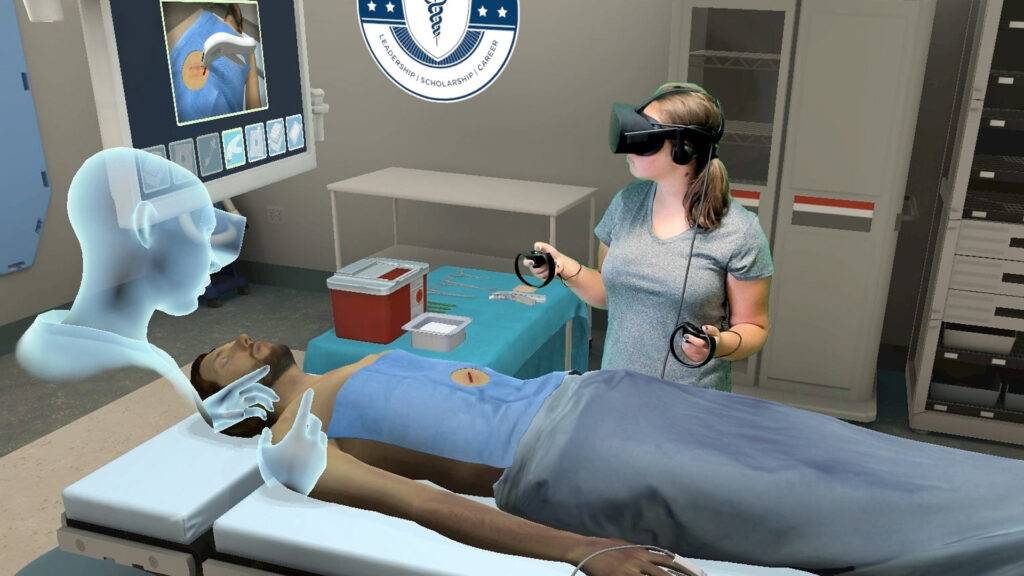
Some gaming companies made virtual reality exercise games that are designed to give the player a workout while having fun. One such game is “Thrill of the Fight,” a game that simulates real boxing and pits you against artificial intelligence (AI) opponents set at varying difficulty. Virtual reality has evolved drastically over the years and it will continue to evolve as we make new innovations.
Some of the VR features and uses in the future could be a try-before-you-buy feature in online shopping with a similar platform for testing how furniture would look in real estate. VR is nowhere near done evolving, and will continue to develop for years to come.





